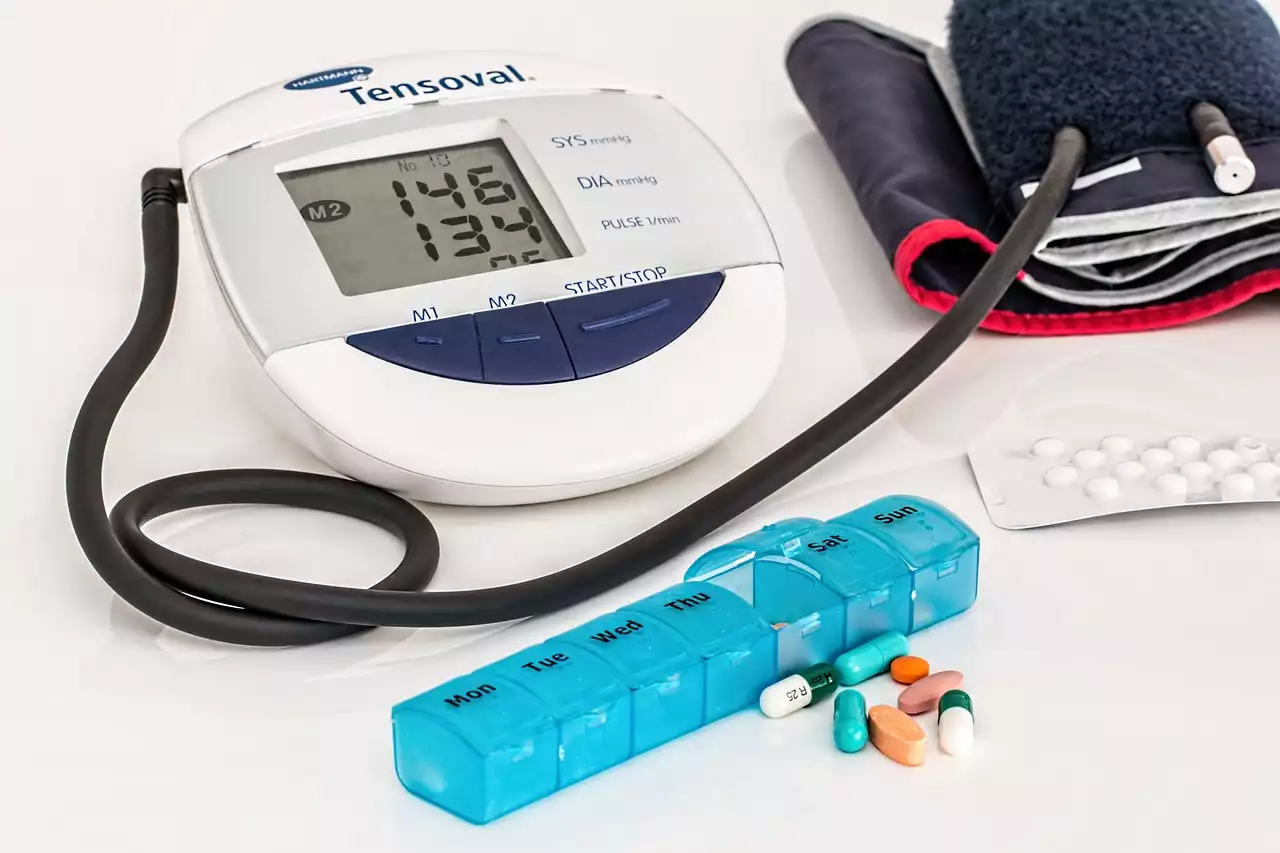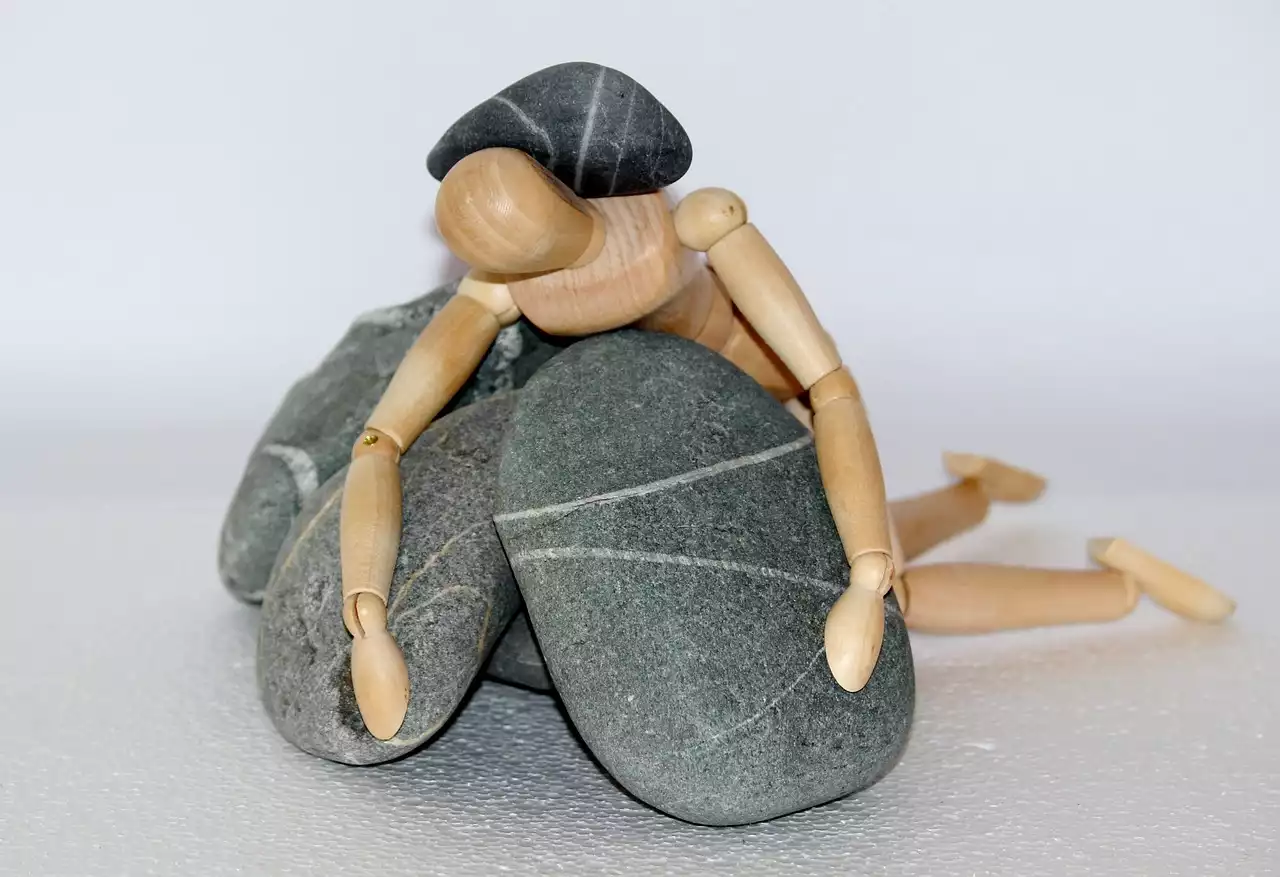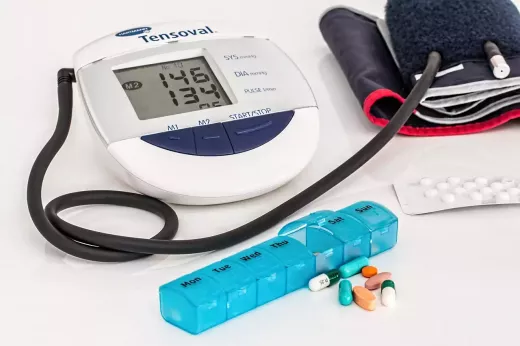What is Priapism and how is it caused?
Priapism is a condition that causes a prolonged and painful erection that lasts for more than four hours. The condition is rare, affecting only about 1 in 100,000 men, but it can be very serious if left untreated. There are two main types of priapism: ischemic and non-ischemic. Ischemic priapism is the most common type and occurs when blood is trapped in the penis, leading to a lack of oxygen and eventual tissue damage. Non-ischemic priapism is less common and is usually caused by an injury to the penis or a tumor.
Priapism can be caused by a variety of factors, including certain medications, medical conditions, and recreational drugs. In some cases, priapism may occur for no apparent reason. When it comes to medications, the drugs most commonly associated with priapism are those used to treat erectile dysfunction, such as Viagra, Cialis, and of course, Levitra.
Types of Priapism
As mentioned earlier, there are two main types of priapism: ischemic and non-ischemic. Ischemic priapism is the most common type and is caused by blood being trapped in the penis. This can occur for a variety of reasons, including medication use, sickle cell anemia, leukemia, and spinal cord injuries. Ischemic priapism is considered a medical emergency and requires immediate treatment to prevent permanent damage to the penis.
Non-ischemic priapism is less common and is usually caused by an injury to the penis or a tumor. This type of priapism is not considered a medical emergency and may not require treatment if it resolves on its own. However, if the condition persists, treatment may be necessary to prevent long-term damage.
How is Priapism related to Levitra use?
Levitra is one of the medications used to treat erectile dysfunction. Like other medications in its class, it works by increasing blood flow to the penis to help men achieve and maintain an erection. However, in rare cases, Levitra use can lead to priapism.
The exact mechanism by which Levitra causes priapism is not fully understood. However, it is believed that the medication may cause blood to become trapped in the penis, leading to a prolonged erection. It is important to note that priapism is a rare side effect of Levitra use, and most men who take the medication will not experience this condition.
Symptoms of Priapism
The symptoms of priapism can vary depending on the type of priapism a person is experiencing. Ischemic priapism is characterized by a prolonged and painful erection that lasts for more than four hours. The penis may be swollen and tender to the touch, and the skin may appear discolored or bruised. In some cases, the penis may be curved or twisted, making it difficult to achieve or maintain an erection in the future.
Non-ischemic priapism, on the other hand, may not be painful and may not cause any other symptoms. However, if the condition persists, it can still cause long-term damage to the penis.
Risks associated with untreated Priapism
If left untreated, priapism can cause permanent damage to the penis, including erectile dysfunction and penile curvature. The longer the condition persists, the greater the risk of permanent damage. In some cases, untreated priapism can even lead to penile amputation.
In addition to the physical risks, priapism can also have psychological consequences. Men who experience priapism may feel embarrassed, anxious, or depressed, and may avoid sexual activity in the future.
How to prevent Priapism while taking Levitra
While the risk of priapism with Levitra use is relatively low, there are some things you can do to minimize your risk. First and foremost, it is important to take the medication only as prescribed by your doctor. Do not take more than the recommended dose or take the medication more frequently than prescribed.
In addition, avoid taking other medications or recreational drugs that can increase your risk of priapism. These include medications used to treat high blood pressure, certain antidepressants, and drugs such as cocaine and marijuana.
If you experience an erection that lasts for more than four hours while taking Levitra, seek medical attention immediately. Do not attempt to treat the condition yourself, as this can lead to further damage.
What to do if you experience Priapism while taking Levitra
If you experience priapism while taking Levitra, seek medical attention immediately. Do not attempt to treat the condition yourself, as this can lead to further damage. Your doctor will likely perform a physical exam and may order tests to determine the cause of the condition. Treatment may involve medication to help reduce blood flow to the penis, or in severe cases, surgery to relieve pressure on the penis.
Medical treatment options for Priapism
The treatment for priapism will depend on the type of priapism a person is experiencing. Ischemic priapism is considered a medical emergency and requires immediate treatment to prevent permanent damage to the penis. Treatment may involve medication to help reduce blood flow to the penis, or in severe cases, surgery to relieve pressure on the penis.
Non-ischemic priapism, on the other hand, may not require treatment if the condition resolves on its own. However, if the condition persists, treatment may be necessary to prevent long-term damage to the penis.









